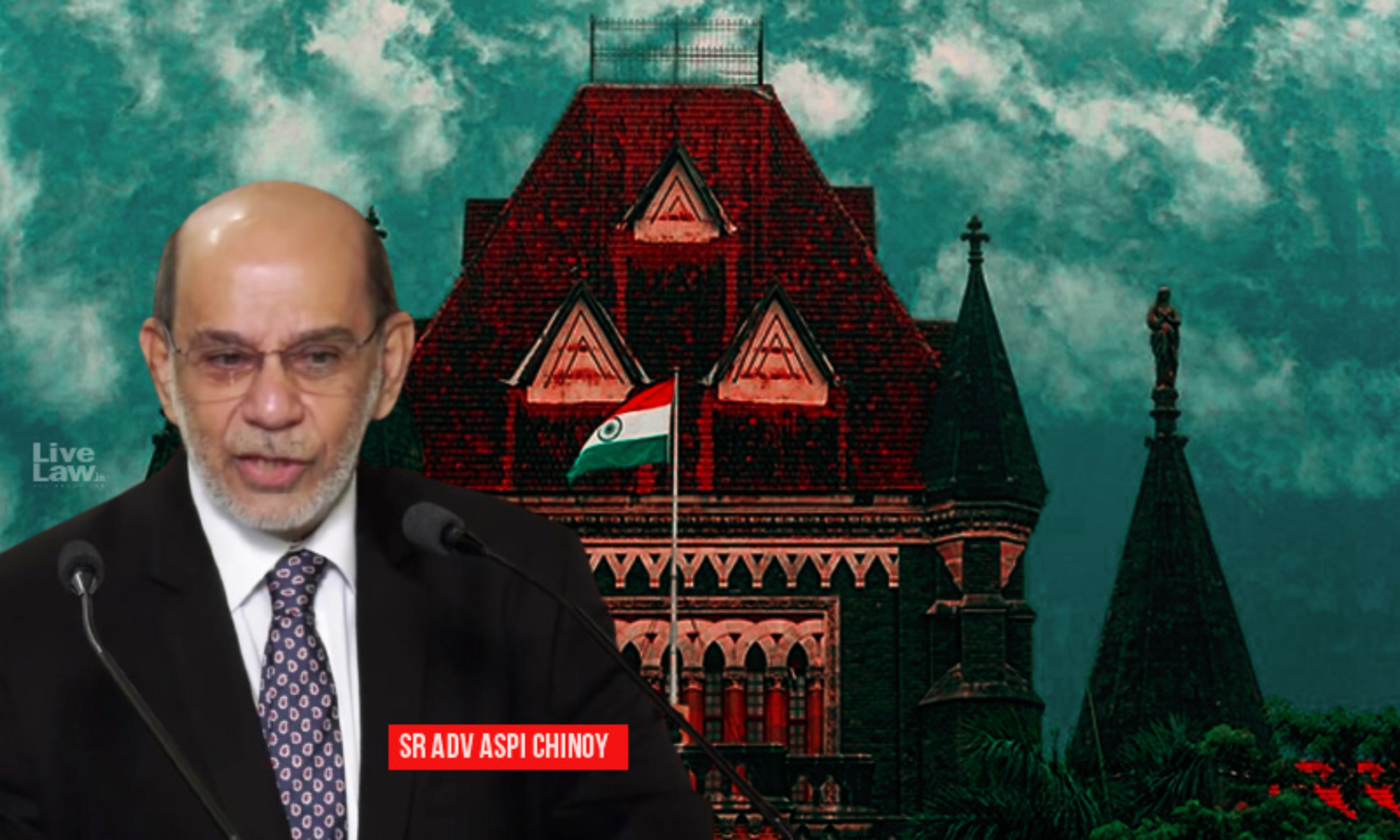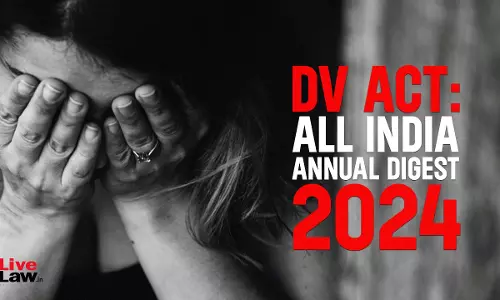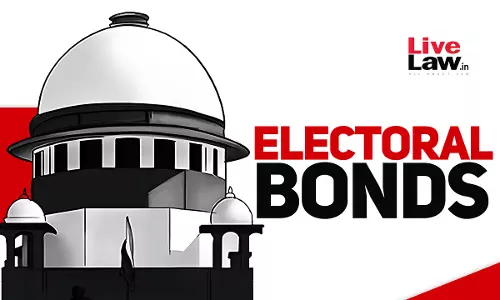Media Trial Is Interference With Administration Of Justice; Amounts To Contempt Of Court: Aspi Chinoy Argues In Bombay High Court

Senior Advocate Aspi Chinoy submitted before the Bombay High Court on Thursday that 'trial by media' results in interference with the administration of justice and therefore amounts to contempt of court as per Section 2(c) of the Contempt of Courts Act, 1971.He submitted that when media pre-judges the guilt of the accused, the right to free and fair trial under Article 21 of the Constitution...
Senior Advocate Aspi Chinoy submitted before the Bombay High Court on Thursday that 'trial by media' results in interference with the administration of justice and therefore amounts to contempt of court as per Section 2(c) of the Contempt of Courts Act, 1971.
He submitted that when media pre-judges the guilt of the accused, the right to free and fair trial under Article 21 of the Constitution and the presumption of innocence get undermined.
The senior lawyer was appearing for eight former officers of the Maharashtra police who have filed a Public Interest Litigation(PIL) petition in the Bombay High Court seeking restraint on the parallel investigation conducted by media when the police investigation is ongoing. The PIL was filed in the wake of media reporting of the Sushant Singh Rajput case, alleging that media was making derogatory and irresponsible comments against the Mumbai police.
While making the rejoinder submissions, Chinoy referred to any earlier query posed by the bench as to whether investigation can come under the purview of 'judicial proceedings' within the meaning of Contempt of Courts Act, 1971.
This query from the bench comprising Chief Justice Dipankar Datta and Justice G S Kulkarni was based on the Explanation to Section 3 of the Contempt of Courts Act, which refers to only post-cognizance proceedings as 'criminal proceedings'.
In this regard, Chinoy argued that the said Explanation only related to Section 3 which dealt with exemption to 'innocent publications and fair reporting' from contemptuous acts.
According to Chinoy, the Explanation was not applicable to Section 2(c)(iii) of the Act, which states that interference with the administration of justice amounted to criminal contempt.
In this connection, he referred to passages from the 2012 judgment of the Supreme Court in the Sahara case such as:.
"Trial by media comes under the category of interference with the administration of justice"
"Infringement of presumption of innocence by excessive publicity an act of contempt of court".
"Excessive prejudicial publicity leading to usurpation of functions of the Court interferes with administration of justice".
Having argued that trial by media amounted to contempt of court, Chinoy proceeded to the next level of his submission - that the government had the statutory duty to act against such publications.
For this, he referred to Sections 5, 6 and 20 of the Cable TV Network Regulation Act. As per the Program Code, the media cannot publish anything which amounts to contempt of court. Under the statutory framework of Cable TV Act, if a media transmits something which amounts to contempt of court, then there is an obligation on the state authority under Section 20 to stop the transmission, he submitted. Under Section 5 of the Cable TV Act, the program code has to be followed. Under Section 6, contempt of court by media is prohibited. Under Section 20, Govt has power to disconnect channel for violation.
"The intent of the legislature is that media trial should be precluded", he said based on these statutory provisions.
Chinoy bemoaned that the Union Ministry of Information and Broadcasting did not take any action against the "sustained campaign" and "planned propaganda" unleashed by the media for months following the death of Sushant Singh Rajput. This is despite the fact that the Ministry has an Electronic Media Monitoring Centre(EMCC), which claims to monitor the content of TV channels 24*7, he submitted.
"The Government has not taken any action over the past three months on the media trial(in SSRCase). Is this called the 'robust system'? If they had acted, we would not have come here. Having a framework is not enough. Either the authorities are not aware of its content or are abdicating their powers".
Chinoy clarified that he was not saying that media should not report or criticize. But to enter into judgments of guilt before trial is beyond the function of the media, he said.
"Inform, criticize, but do not judge. That is not your job", he submitted.
"Why the Government did not act when there was prejudging, when media was carrying out virtual media trial, calling for arrest of so and so? There was complete silence. Govt should have sent a message across", he added.
His next level of submission was that when there is a failure of a government body to exercise its statutory functions, the High Court can step in to issue necessary directions and guidelines. To support this proposition, he referred to the 2009 judgment In Re: Destruction of Public & Private Properties.
"When the statutes are silent on a particular subject & the authority implementing the same has constitutional or statutory power to implement it, the court can necessarily issue directions or orders on the said subject to fill the vacuum or void till the suitable law is enacted", he quoted from that judgment.
"No one has done anything for months. There is a duty cast on the government to take proactive action when there is a violation", he said in conclusion.
Following Chinoy's submissions, the bench observed that the media should not exceed its boundaries and that the court was mulling guidelines(Separate story on that may be read here).
'We Would Like Media Not To Cross Boundaries': Bombay High Court Mulls Guidelines For Reporting On Investigation
Reports about previous hearings may be read below :
'Self-Regulation Of Media Has Failed', Says Bombay HC In Plea Against 'Media Trial' In SSR Case




